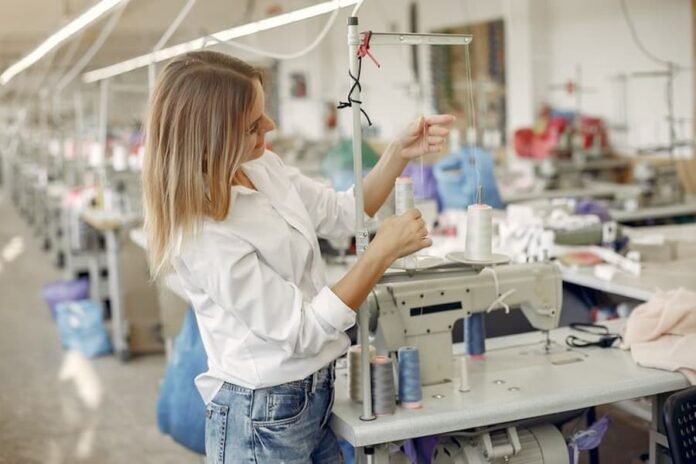The textile industry is among the most ancient and important sectors in history, finding its roots deeply embedded in world trade and employing millions around the world. With time, it has transformed into one of the leading high-tech industries to transform everything, from fashion to home furnishings. Textile technology falls under textile engineering to design, produce, and apply textiles based on principles leading from chemistry, physics, biology, and engineering principles. The modern textile engineer aspires to make fabric structures functionally appropriate with pleasant aesthetic appeal and softness.
As demand for high-quality textiles increases, manufacturers like T & A textiles Manchester will embrace more innovative technologies to enhance production efficiency, sustainability, and product quality in production. From value-added material development to sustainable processes, new textile technology is the re-ordering industry. In this article, we’ll discover the technology trends that are changing the textile industry.
Antimicrobial additives
Antimicrobial additives have been a revolution in textile design, maintaining freshness for an extended period between two washes. Generally, odours in clothes start from bacterial development, while these additives attack the problem at its root. They block the growth of bacteria so that garments can keep themselves odour-free for a longer period. It empowers users to wear their clothes multiple times before washing to save water and energy consumption. Besides extending the period between washes, antimicrobial additives extend the lives of textiles, hence making them more sustainable. In addition, with the growing demand for sustainable fashion, manufacturers are increasingly using these additives to combine convenience with eco-friendly practices.
Biodegradable Textiles
Biodegradable textiles are trending upwards in sustainable fashion. This fabric material naturally decomposes toward the end of its lifespan. It is an environmentally friendly alternative to synthetic fabrics. Unlike recyclable textiles, which require processing facilities, biodegradable options make it easier for customers to dispose of the product. Biodegradable textiles are now considered the primary means for fashion brands seeking to minimise their products’ environmental impact from creation to disposal. By using biodegradable textiles, brands reduce landfill waste and cater to the growing customer demand for sustainable and earth-friendly fashion solutions. Fabrics made from these textiles are the future of responsible design.
3D Printing
3D printing is transforming the fashion industry, offering unparalleled opportunities for creativity and innovation. This technology allows designers to create intricate patterns, elaborate embellishments, and even functional enhancements with remarkable precision. In the footwear industry, for example, 3D printing has revolutionised trainer design. Designers can craft lightweight, durable soles with intricate cut-outs, improving both aesthetics and performance. In addition to shoes, the fashion brands make use of 3D printing for custom-fit garments, minimising material wastage, and hastening prototype development. This innovative textile technology empowers brands to push the boundaries of design while embracing sustainability.
Anti-Odor Garments
Anti-odour wear tackles one of the most common daily wear problems caused by sweat and environmental factors. The dampness from sweat is a perfect environment for bacterial growth, which leads to odours. Besides, fabrics absorb odours from smoke, cooking, and body odour, making them less comfortable and confident to wear. Anti-odour technology uses materials that actually fight these issues, so clothes stay fresher longer. Such a development adds comfort and confidence, especially for activewear, workwear, and daily essentials. Anti-odour clothes save people from frequently washing their clothes and thus make life greener.
Nanotechnology
Nanotechnology is revolutionising textile performance by working at a microscale. This advanced technology works with very small particles in the range of 1 to 100 nanometers. The usage of these nanoparticles by designers will improve the functionality of fabrics accordingly. One can insert nanoparticles into textiles to make them more resistant to water, protect wearers from ultraviolet rays, and even give them self-cleaning properties. For instance, nanotechnology combined with an antimicrobial solution could result in self-cleaning fabrics that prevent odour and dirt. This also reduces the need for washing more frequent washing means longer product lives, thereby conserving resources. As nanotechnology develops, it could have big changes in how we design and use textiles in our day-to-day lives. This is growth toward sustainable, functional, and innovative textile technologies.
Conclusion:
From environmental impact reduction to enhancing user comfort and ease, these innovations shape the future of fashion and fabric design. Brands embracing these technologies position themselves at the forefront of a more responsible and forward-thinking industry.
Visit sharu.blog for more.


